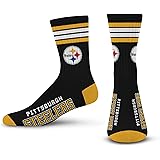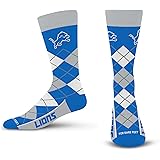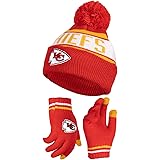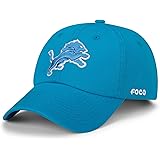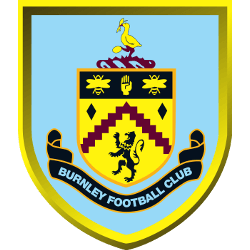
Burnley FC
In 2015, Burnley FC made some refinement and slight changes to the previous mark. A 3-D look has been placed on the new border of the mark. Same banner and wordmark with the same shield design.
Burnley FC Primary Logo
Burnley Football Club is a professional English football club based in Burnley, Lancashire. It has been around since 1882 and has had a long history of success both on the field and off. The team’s primary logo, which appears on its kits, merchandise, and other materials associated with the club, has also gone through several changes over time as it adapts to changing trends in design.
The original Burnley FC logo was created when the team first formed back in 1882; it featured an image of three red roses entwined together inside a shield-shaped crest that was surrounded by two laurel leaves at each side. This version remained unchanged until 1946 when they replaced it with an updated version featuring four yellow roses instead of three red ones along with some minor alterations to the design overall such as adding more detail to certain elements like shading or outlining them differently than before.
In 2002 another update took place where they changed their main badge from one featuring four yellow roses encircled by two laurels into what we see today –a single white rose placed within a circular outline filled with blue background color punctuated by five stars representing each division won during their history (i.e., First Division/Premier League). This new look not only paid homage to past successes but also signaled that this historic English football club still had plenty left to give for years ahead!
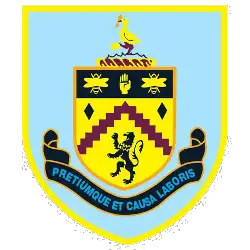
Burnley FC
2010 - 2015
In 2010, a new design was created. Draped along the bottom of the badge is a ribbon featuring the club’s wordmark "BURNLEY FOOTBALL CLUB" and above that stands a lion, in reference to the fact that Burnley’s Turf Moor was the first football stadium to be visited by English royalty; Queen Victoria’s grandson Prince Albert Victor popped by in 1886.
Officials claim that the wavy line represents the river Brun but it looks more like a ziggurat to us (built by ancient aliens no doubt). The bees supposedly reflect the town’s busy industrial history. Busy trying to access arcane knowledge, more like. The hand references the town’s cryptic motto: hold to the truth.
The stork represents historically prominent family the Starkies. The feathers in the mouth represent the Lacy knot, the badge of another prominent lot, the DeLacy family.
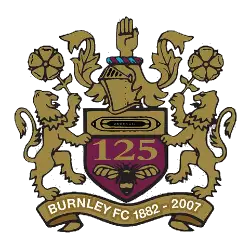
Burnley FC
2010
In 2010, Burnley FC has a new emblem that was created for the 2009 – 2010 playing season, to mark the team’s 125th anniversary. A replica of the Burnley coat of arms and a past emblem from 1979, now making the emblem in gold and red. They have added the "125" and a new banner wordmark of "BURNLEY FC 1882 - 2007" in white.
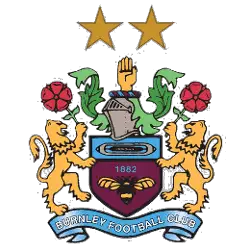
Burnley FC
1987 - 2010
The 1987 mark for Burnley FC is the resurrected coat of arms emblem with some changes. Added to the mark is two gold stars above the coat of arms as the emblem stayed the same.
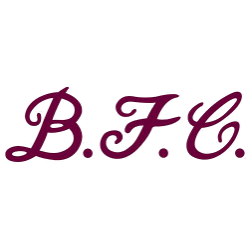
Burnley FC
1983 - 1987
A simple scripted initials of "B.F.C." in maroon.
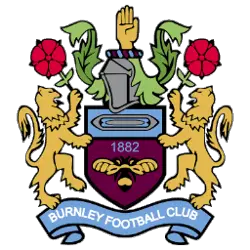
Burnley FC
1979 - 1983
In 1979, a redesign of the coat of arms for Burnley FC by keeping some key features from the actual coat of arms. This new look still has the roses, the hand, the knights head, the bee and the two lions. Below is a blue with black trim banner and a wordmark "BURNLEY FOOTBALL CLUB" in white.

Burnley FC
1969 - 1979
Co-mark from 1969, with the interlocked initials "BFC" in a circle all in orange.
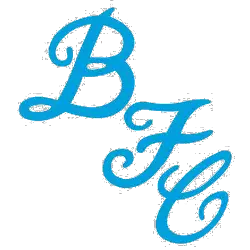
Burnley FC
1960 - 1969
In 1969, Burnley's mark is simply blue initials "BFC" in a diagonal pattern with a custom font in blue.

Burnley FC
1886 - 1960
The Clarets' first recorded usage of a crest was on 17 December 1887, when the club wore the Royal Arms on the shirt. The Prince of Wales, Prince Albert Victor, had visited Turf Moor in October 1886 when Burnley were playing Bolton Wanderers — the first visit to a professional football ground by a member of the Royal Family. Afterwards, the team received a set of white jerseys, featuring a blue sash and embellished with the Royal Arms, to commemorate the visit. The team would regularly wear the royal crest until 1895, when it disappeared from the shirts.
College Sports Fan Products


